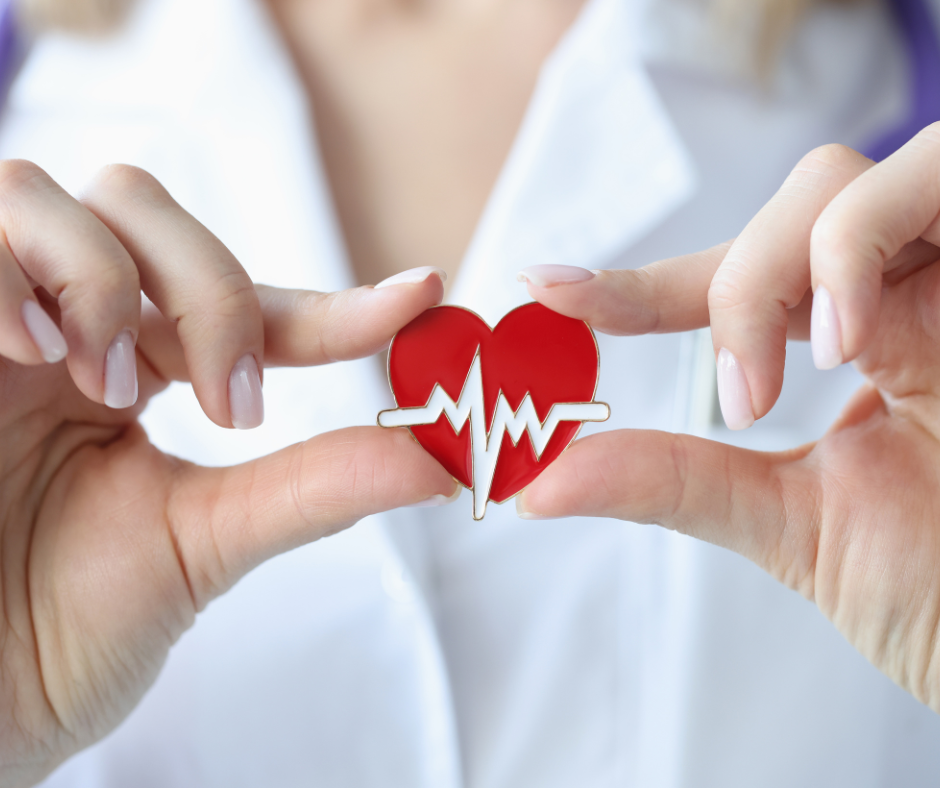Living with congenital heart disease (CHD) no longer means a life of limitations. Advances in medical science and a deeper understanding of exercise physiology have opened doors to safe and effective physical activity for individuals with CHD. This blog explores the critical relationship between CHD and exercise, providing actionable insights for those aiming to embrace a more active lifestyle.
Understanding Congenital Heart Disease
Congenital heart disease refers to structural abnormalities in the heart present at birth. These may range from minor defects requiring no intervention to complex conditions needing surgical correction or ongoing medical management. While CHD affects cardiovascular function, regular, guided exercise can enhance overall health, even for those with severe conditions.
Why Exercise Matters for CHD Patients
- Improved Heart Function: Exercise strengthens the heart muscle, improving its efficiency and circulation.
- Enhanced Quality of Life: Staying active reduces fatigue and promotes better mental health.
- Better Weight Management: Physical activity helps maintain a healthy weight, reducing strain on the heart.
- Improved Longevity: Studies show that regular exercise improves survival rates for individuals with CHD.
Actionable Steps for Safe Exercise
1. Consult Your Cardiologist First
Before starting an exercise program, consult a cardiologist who specializes in congenital heart disease. They will assess your heart’s function, provide guidelines, and identify any limitations.
2. Know Your Exercise Zones
Ask about your ideal heart rate range during exercise. A wearable device with a heart rate monitor can help you stay within safe limits.
3. Focus on Aerobic Exercises
Low-to-moderate intensity aerobic exercises are generally recommended:
- Walking: A great starting point, adaptable to your pace.
- Cycling: Provides cardiovascular benefits without joint stress.
- Swimming: A low-impact option, excellent for improving endurance.
4. Start Small and Progress Gradually
Begin with short sessions, such as 10–15 minutes of light activity. Gradually increase the duration and intensity under professional guidance.
5. Incorporate Resistance Training
Light resistance training can be beneficial for muscle strength and endurance. Use bodyweight exercises or resistance bands, avoiding heavy lifting unless approved by your doctor.
6. Pay Attention to Symptoms
Stop exercising and seek medical advice if you experience:
- Chest pain or discomfort
- Dizziness or fainting
- Unusual shortness of breath
- Rapid or irregular heartbeat
Exercises to Avoid
Certain activities may pose risks for CHD patients, including:
- High-intensity interval training (HIIT) without medical clearance.
- Contact sports that risk trauma to the chest.
- Activities involving heavy weightlifting or prolonged breath-holding (e.g., powerlifting).
Mental Health and Motivation
Living with CHD can sometimes lead to anxiety or fear about physical activity. Overcoming this requires support:
- Join Support Groups: Connect with others facing similar challenges to share experiences and advice.
- Set Realistic Goals: Break long-term goals into smaller, achievable steps.
- Celebrate Milestones: Recognize and reward progress, no matter how small.
For Parents of Children with CHD
Encourage safe activity in children with CHD by making exercise enjoyable:
- Include play-based activities such as dancing or team games with modified rules.
- Emphasize participation over competition.
- Work with pediatric cardiologists to ensure activities are suitable for your child’s condition.
Final Thoughts: Your Path to a Healthier Heart
Exercise is not just safe for most people with congenital heart disease—it’s essential. The key lies in personalized planning, gradual progression, and a focus on safety. With the right approach, exercise can empower individuals with CHD to lead active, fulfilling lives.
Take Action Today
- Book an appointment with a cardiologist to create your personalized exercise plan.
- Start small, whether it’s a 10-minute walk or a light yoga session.
- Invest in tools like a heart rate monitor to stay informed and safe.
By taking the first step towards a more active lifestyle, you’re not just improving your physical health—you’re building resilience, confidence, and a brighter future.




